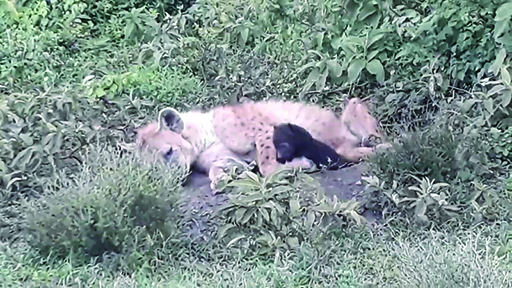Social media marketing
There are two ways in which organisations can use social media:
- Organic posts
Organic posts are the posts that an organisation places on its own social media account or page. Organic reach refers to the number of people who see an organic post’s content. This number can be quite low, particularly for posts that are overtly sales-focused, which most social media algorithms regard as low-quality content. This means the social media platform, say Facebook, will only share these posts with a small percentage (about 10 per cent) of users who ‘like’ the page (Hanlon, 2019).
- Paid ads
Due to the low reach of organic posts, many organisations find that they have to pay for social media posts in order to be seen by a large number of users (Hanlon, 2019). The advantage of placing paid advertisements in social media over other types of paid digital advertising is that it allows pro-active targeting of people who fit a particular profile (say, women between 40 and 55 years old, in professional occupations, who are interested in travel and culture), based on their likes and the information they give about themselves. Of course, many people have misgivings about their personal information being used for this purpose and try to minimise it through the privacy settings on their social media accounts.
Social media cuts across advertising, promotions, online PR and online word of mouth, and it can be used for all of these purposes. Consider the example given in the case study below of Fred Karanja, a trained wildlife guide and independent tour operator based in Nairobi, Kenya.
Social media marketing in action
Fred Karanja operates as a sole trader and provides bespoke wildlife tours for groups of up to eight visitors. Fred attracts his customers mostly by word of mouth from former visitors. He regularly posts pictures that he has taken during tours on social media, particularly Facebook and Instagram, with captions designed to remind viewers of their love of Africa and wildlife and perhaps to encourage a little nostalgia for a previous visit. In this way, he seems to be aiming mostly for customer retention, creating a desire to return from his existing customers and friends.
During the Covid-19 pandemic, when tourism to Kenya stopped almost completely, repeated postings became an important means of keeping the possibility of African safaris in his customers’ minds and thus hopefully retain them as future customers and advocates once travel would become possible again. The picture below gives an example of the kind of posts that Fred creates.
Why is it you can never hope to describe the emotion Africa creates? You are lifted. Out of whatever pit, unbound from whatever tie, released from whatever fear. You are lifted and you see it all from above.


